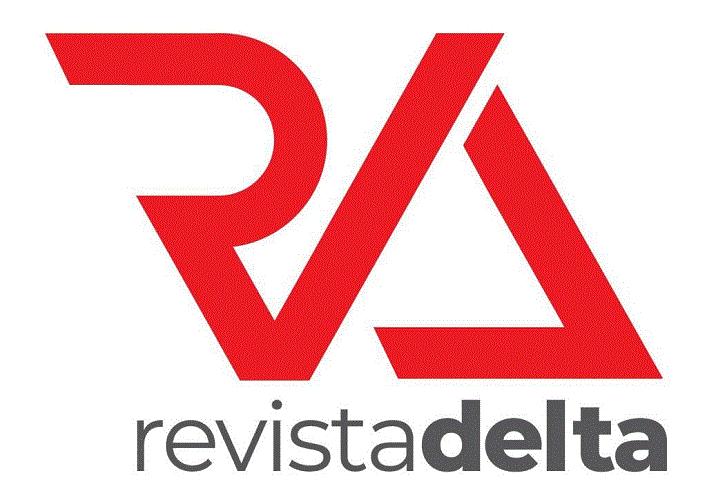ABSTRACT
The analysis of verbo-visual argumentation in advertising is a crucial and problematic area of research. Despite such importance, the methods used to interpret and reconstruct the structure of arguments expressed through verbal and visual media capture only isolated dimensions of this complex phenomenon. This article aims to present a methodology for the reconstruction and analysis of “dual-mode” arguments in advertisements, combining analytical tools developed by pragmatics, argumentation theory, text, and discourse linguistics. To this end, an advertisement is analyzed in five steps. The first step is the analysis of its context, textual genre, and images. The second, third, and fourth steps consist of enriching the first semantic representations through the inclusion of its polyphonic articulations and presuppositions, its explicatures, and its dialogical functions and illocutionary forces, in this order. The final step is to provide the construction of argumentation schemes. The development of this methodology may be of great value for the analysis of other verbal-visual discourse genres, including those that currently circulate in digital media.
Keywords:
verbo-visual argumentation; argumentation theory; pragmatics; discursive genre; advertisement

 Thumbnail
Thumbnail
 Thumbnail
Thumbnail

 Fonte: Elaborada pelos autores.
Fonte: Elaborada pelos autores.